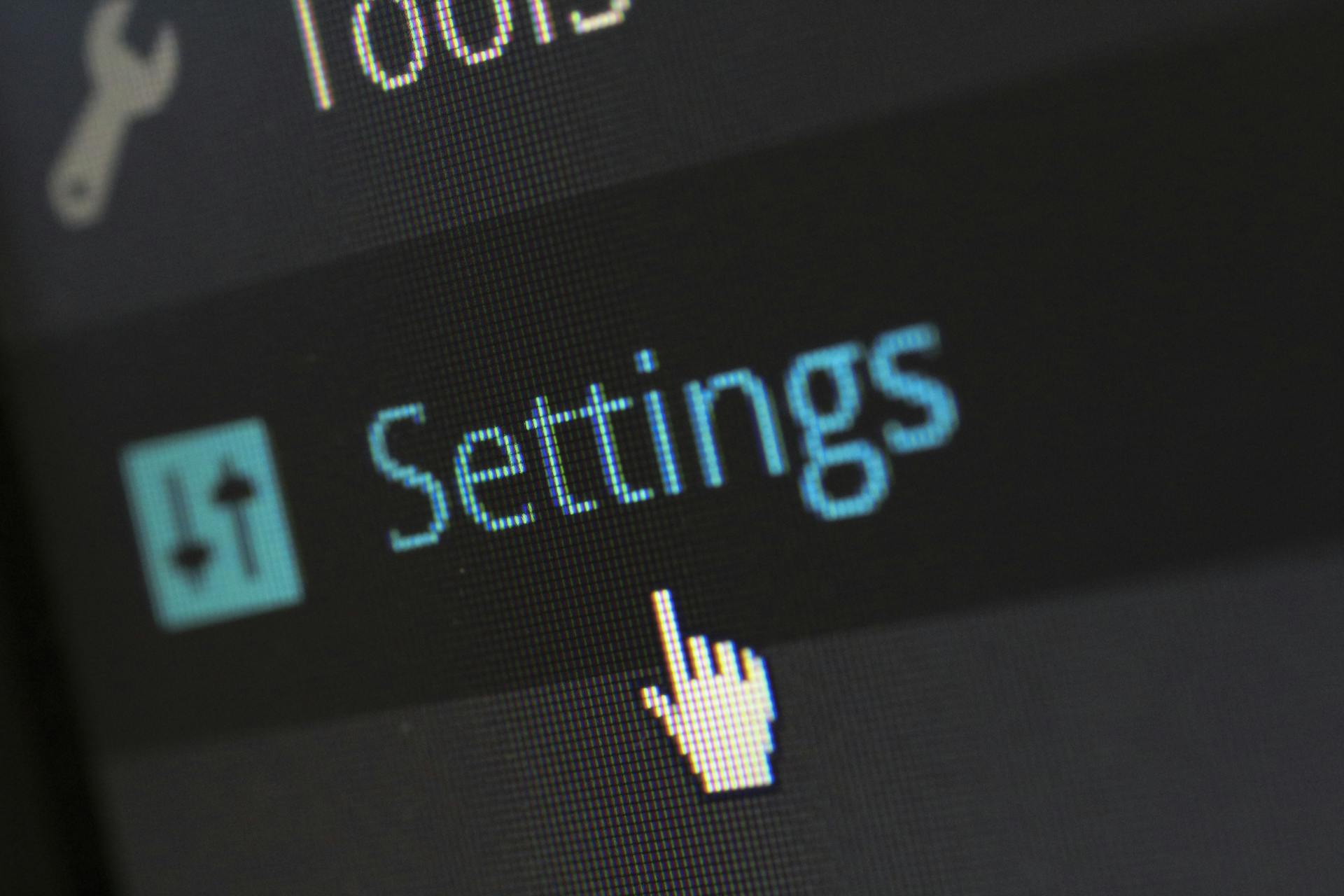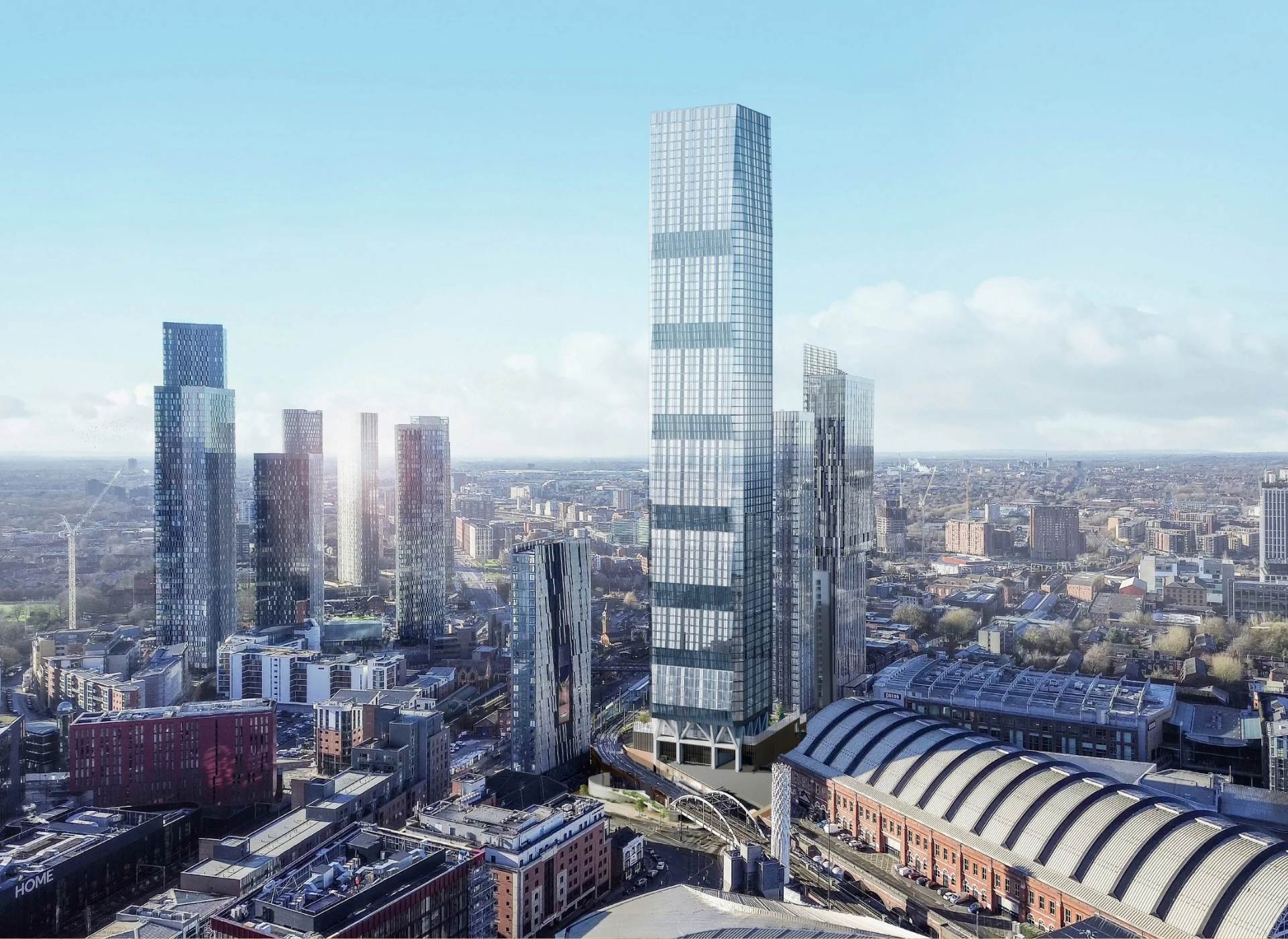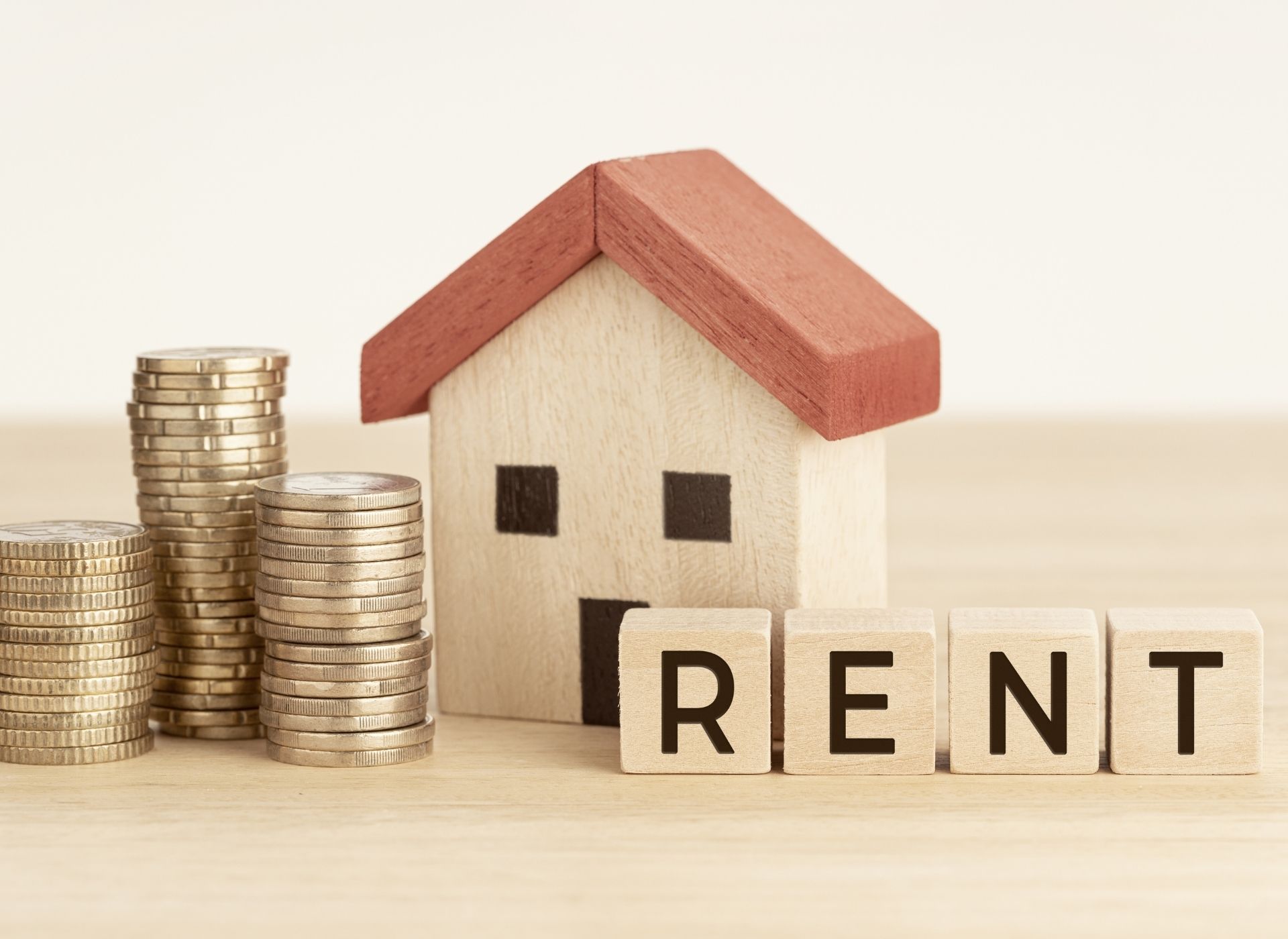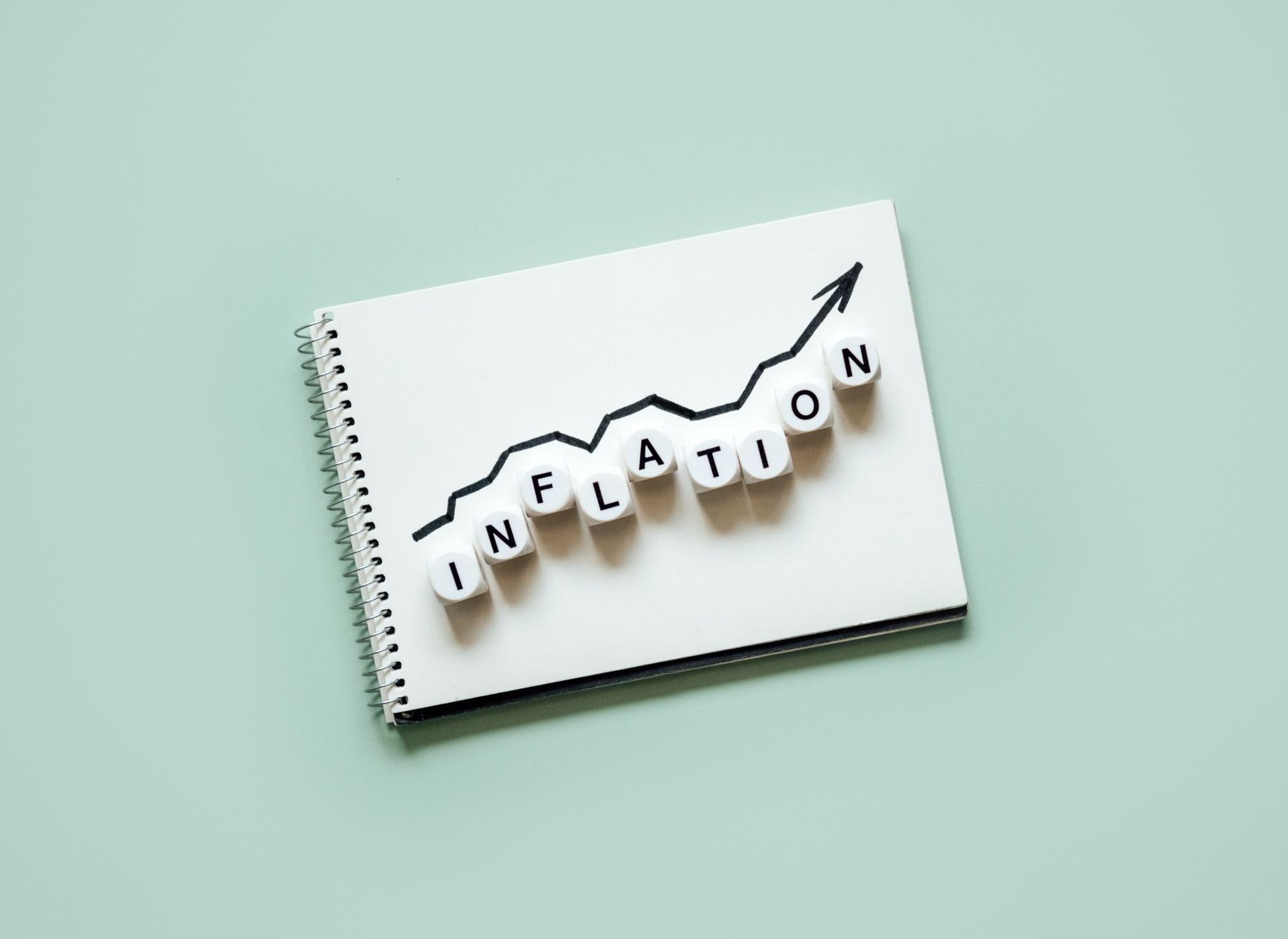Buy-to-let property management has evolved significantly over the past decade, with landlords facing increasing regulatory requirements, rising costs, and shifting tenant expectations. To remain competitive and maximise profitability, landlords must embrace technological advancements that streamline property management. From property management software to smart home devices, technology is transforming the way landlords operate, making management more efficient, cost-effective, and tenant-friendly.
This article explores the role of technology in modern buy-to-let property management, highlighting key innovations and their impact on landlords and tenants.
1. Property Management Software: Automating Landlord Operations
Simplifying Administrative Tasks
Managing multiple rental properties can be time-consuming, with landlords juggling tenant communications, rent collection, maintenance requests, and compliance checks. Property management software automates these tasks, reducing administrative burdens and improving efficiency.
Popular UK property management platforms such as Arthur, Yardi, and Re-Leased offer features like:
- Automated rent collection with direct debit integration.
- Tenant portals for communication and document sharing.
- Maintenance tracking to streamline repairs and inspections.
- Financial reporting to monitor rental income and expenses.
Enhancing Compliance and Legal Management
With increasing regulations in the UK rental market, landlords must ensure compliance with energy efficiency standards, tenancy agreements, and safety regulations. Property management software helps landlords stay compliant by:
- Tracking EPC ratings and alerting landlords to necessary upgrades.
- Automating tenancy agreement renewals and legal documentation.
- Providing reminders for safety inspections, such as gas and electrical checks.
By leveraging these tools, landlords can reduce the risk of legal disputes and penalties while maintaining a professional and organised approach to property management.
2. Smart Home Technology: Improving Tenant Experience and Property Security
Energy Efficiency and Cost Savings
Smart home devices are revolutionising rental properties, offering tenants greater control over their living environment while helping landlords reduce costs. Smart thermostats, such as Nest and Hive, allow tenants to optimise heating schedules, reducing energy consumption and lowering bills.
For landlords, investing in smart meters ensures accurate billing and prevents disputes over utility costs. Additionally, energy-efficient lighting and automated heating systems can improve a property’s EPC rating, making it more attractive to environmentally conscious tenants.
Security and Access Control
Security is a top priority for both landlords and tenants. Smart locks and video doorbells enhance property security by allowing tenants to control access remotely. Landlords can also benefit from keyless entry systems, reducing the risk of lost keys and unauthorised access.
Popular smart security solutions include:
- Ring Video Doorbells for real-time monitoring.
- Yale Smart Locks for secure, keyless entry.
- CCTV systems with remote access for landlords.
These technologies not only improve tenant satisfaction but also protect landlords from potential security-related liabilities.
3. AI and Automation in Property Management
AI-Powered Tenant Screening
Finding reliable tenants is crucial for maintaining steady rental income. AI-driven tenant screening tools analyse applicant data, including credit history, rental records, and employment status, to assess risk levels. Platforms like Goodlord and HomeLet use AI to streamline tenant verification, reducing the likelihood of rent arrears and disputes.
Automated Maintenance Requests
AI-powered chatbots and maintenance request systems allow tenants to report issues instantly. These platforms categorise requests, assign contractors, and schedule repairs without landlord intervention. This automation ensures faster response times and improves tenant satisfaction.
Predictive Analytics for Market Trends
AI-driven analytics help landlords make informed investment decisions by predicting rental demand, property value trends, and tenant preferences. By analysing historical data, landlords can identify high-yield areas and optimise rental pricing strategies.
4. The Future of Technology in Buy-to-Let Property Management
Blockchain for Secure Transactions
Blockchain technology is set to revolutionise property transactions by providing secure, transparent, and tamper-proof records. Smart contracts could automate tenancy agreements, ensuring compliance and reducing administrative overhead.
Virtual Reality for Property Viewings
Virtual reality (VR) is becoming a valuable tool for landlords and letting agents. VR property tours allow prospective tenants to explore properties remotely, reducing the need for physical viewings and speeding up the rental process.
IoT-Enabled Smart Buildings
The Internet of Things (IoT) is driving the development of smart buildings, where interconnected devices optimise energy use, security, and maintenance. Future rental properties may feature automated climate control, AI-driven security systems, and predictive maintenance alerts.
Technology is reshaping the buy-to-let sector, offering landlords innovative solutions to streamline operations, enhance tenant experience, and improve profitability. By adopting property management software, smart home devices, AI-driven analytics, and emerging technologies, landlords can stay ahead in an increasingly competitive market.






